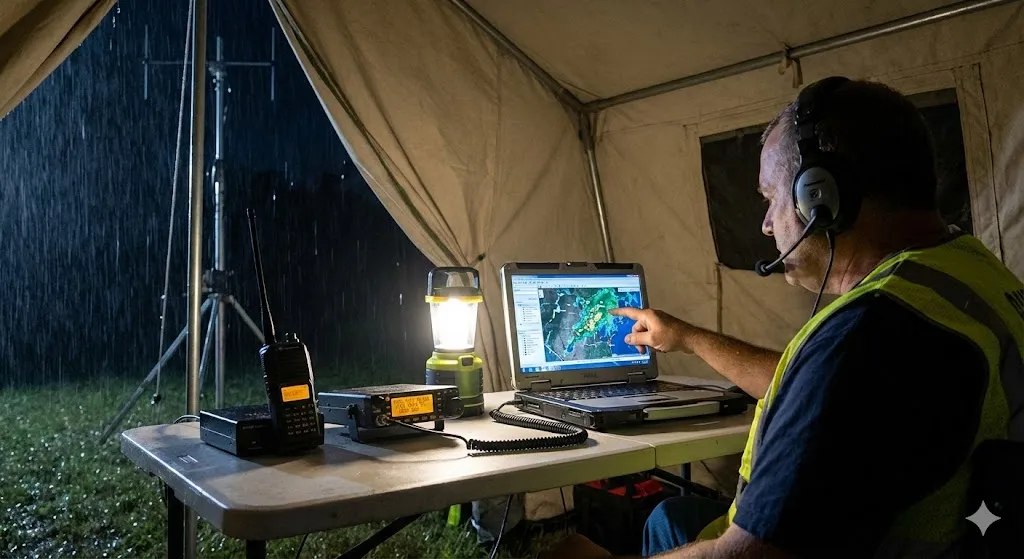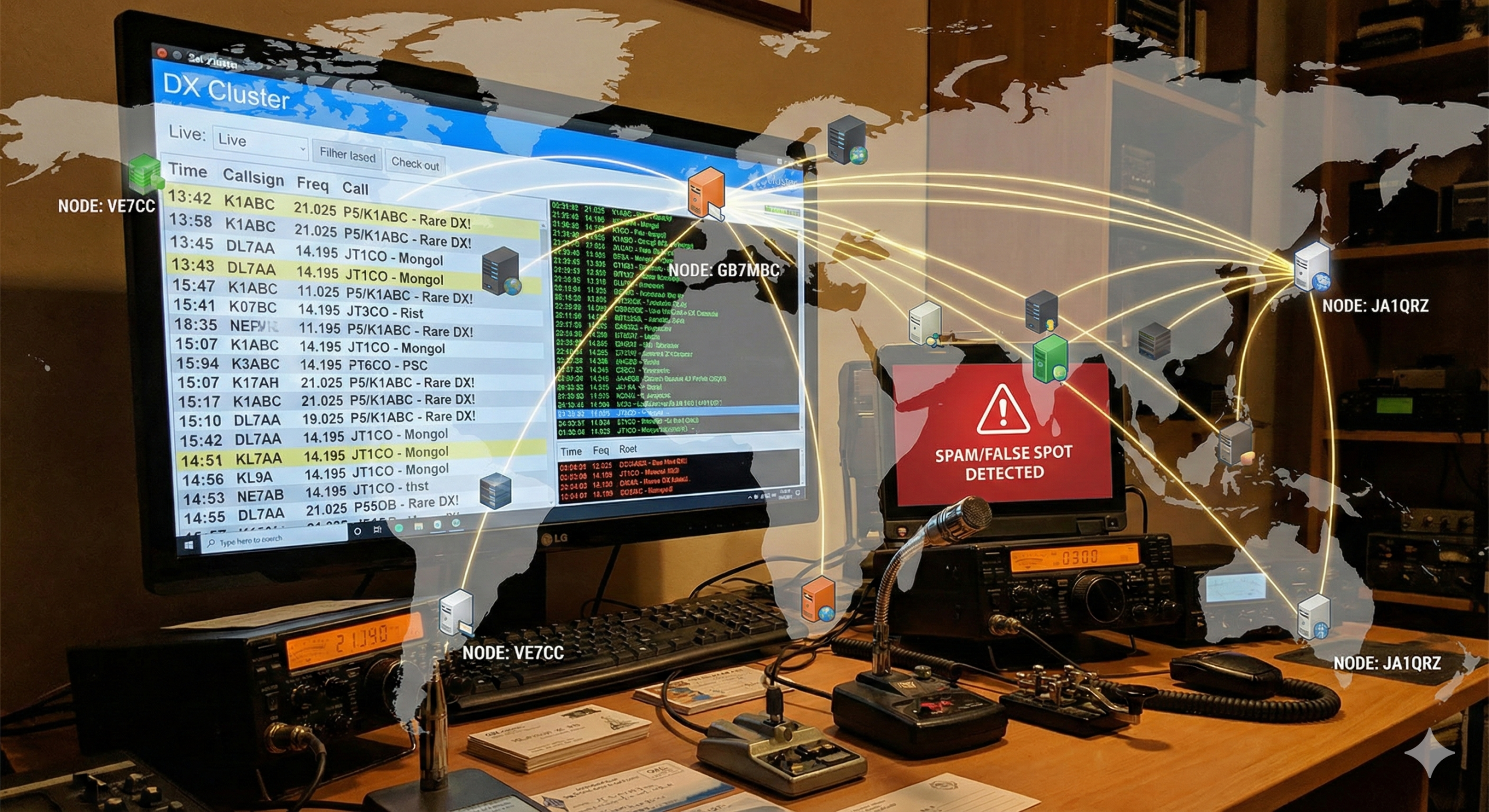The Resurgence of HF Communication in the US Army: A Tactical Necessity
Introduction:
In the ever-evolving landscape of military communication, technological advancements have revolutionized the way armed forces establish connections. Satellites, tropospheric scatter, Line-of-Sight (LOS) microwave, and fiber optic communication technologies have taken center stage, gradually diminishing the importance of High-Frequency (HF) communication. However, surprising as it may seem, HF communication is now experiencing a renaissance within the US Army for tactical purposes. In a captivating presentation by West Point Professor COL Stephen Hamilton at the Radio Club of America 2021 Technical Symposium, he shed light on the reasons behind this resurgence and its significance in modern military planning.
The Evolution of Communication Technologies:
Over the years, the military has embraced cutting-edge communication technologies that offer advantages like increased bandwidth, faster data rates, and enhanced reliability over long distances. Satellites, tropospheric scatter, LOS microwave, and fiber optic systems have become the go-to options for establishing seamless communication networks. Consequently, HF communication, once a stalwart in military communication, gradually took a backseat.
The Rebirth of HF Communication:
Despite its decline, HF communication is making a remarkable comeback in the US Army’s tactical communication planning. This resurgence is fueled by a recognition of the unique strengths and advantages that HF communication brings to the table.
The Power of HF Communication in Tactical Scenarios:
HF communication has always been renowned for its resilience and robustness, particularly in tactical operations. The Near Vertical Incident Skywave (NVIS) communication technique, which involves directing HF signals towards the sky and reflecting them back to Earth within a limited range, has proven to be highly effective. In an environment where reliable communication is paramount, such as during tactical missions, HF communication over NVIS paths has emerged as a reliable and preferred choice.
COL Stephen Hamilton’s Insightful Presentation:
One of the leading voices shedding light on the resurgence of HF communication in the US Army is West Point Professor COL Stephen Hamilton. In his thought-provoking presentation at the Radio Club of America 2021 Technical Symposium, COL Hamilton delves into the reasons behind the renewed interest in HF communication and its relevance in tactical scenarios. Drawing on his expertise, he emphasizes the unique advantages that HF communication offers, highlighting its potential applications within the military’s communication planning.
Conclusion:
As technology rapidly advances, the military continuously adapts its communication strategies to stay at the forefront of connectivity. While newer technologies initially overshadowed HF communication, recent developments have prompted a reevaluation of its value. The robustness and reliability of HF communication, particularly in tactical operations over NVIS paths, make it an indispensable asset in the US Army’s communication arsenal. Thanks to insightful presentations like COL Stephen Hamilton’s, the resurgence of HF communication in the military is gaining recognition, ensuring that this time-tested technology continues to play a vital role in safeguarding effective and secure communication for our armed forces.






Post Comment